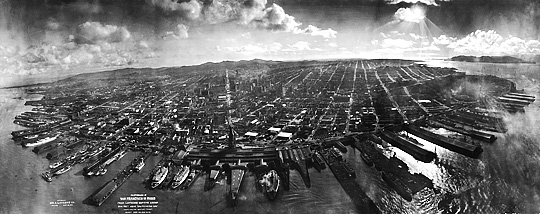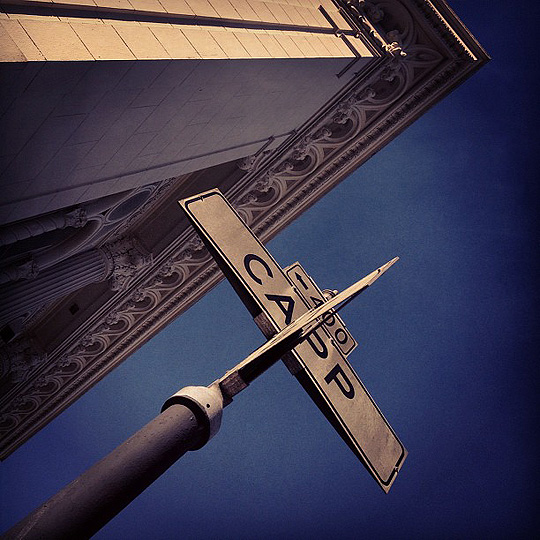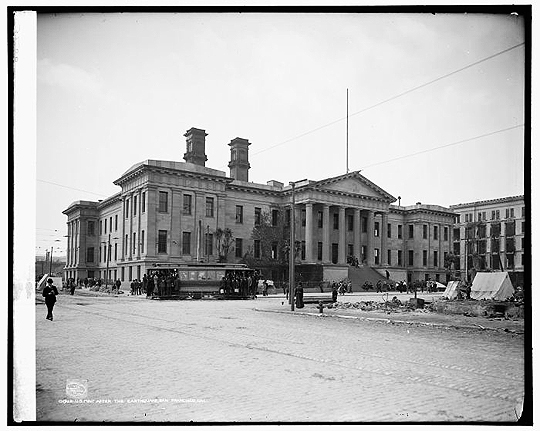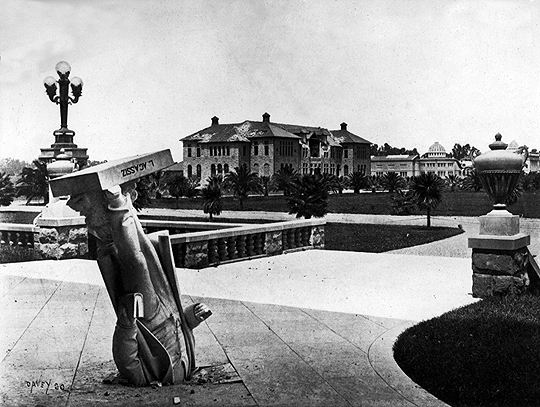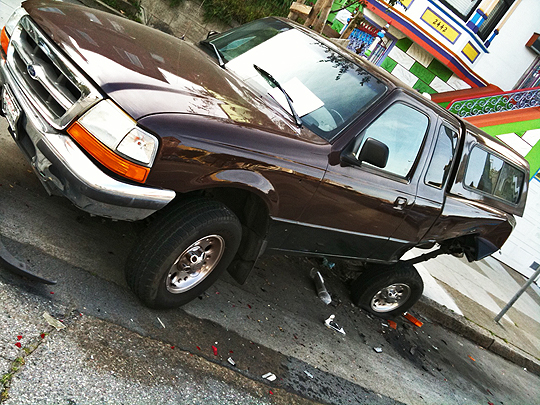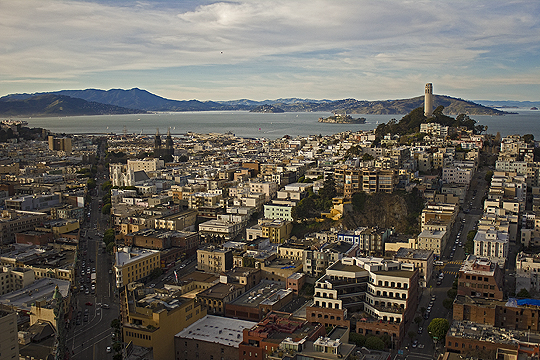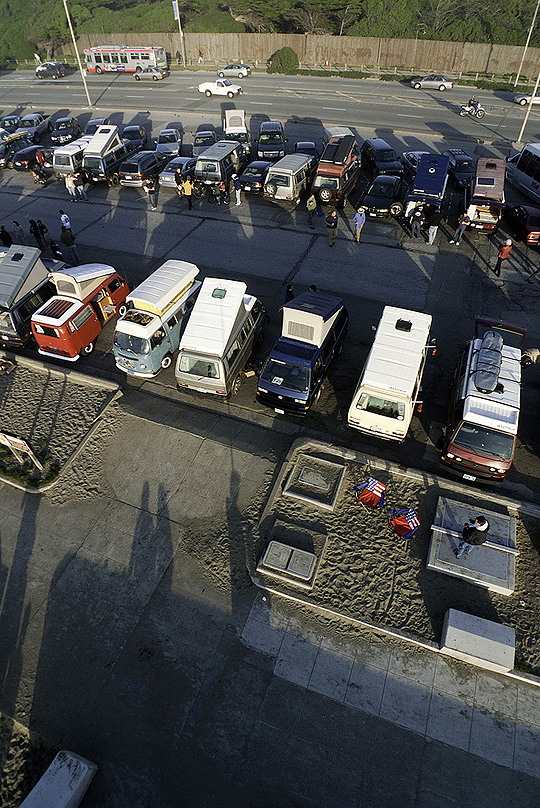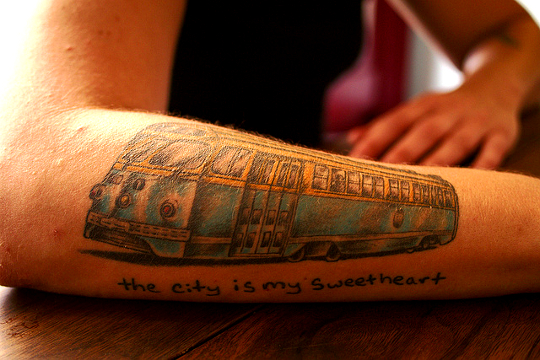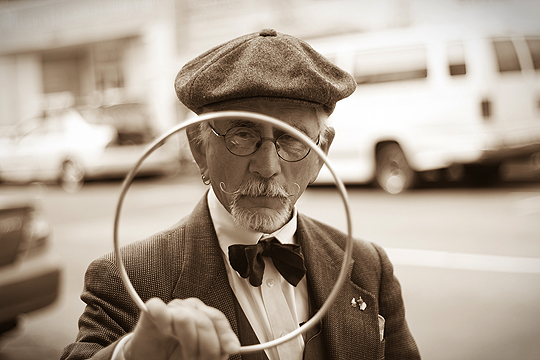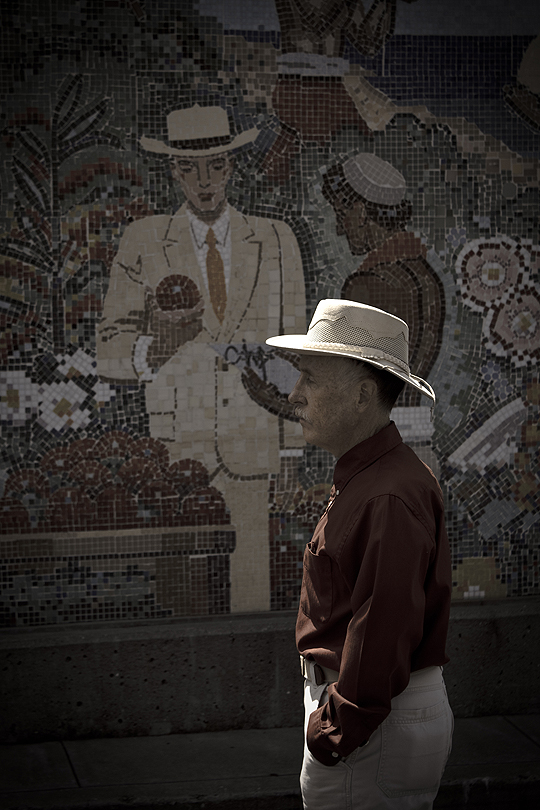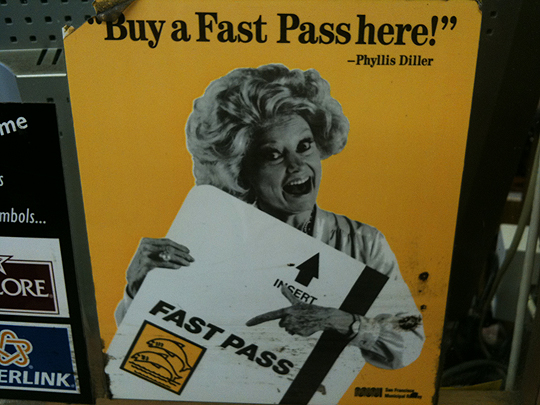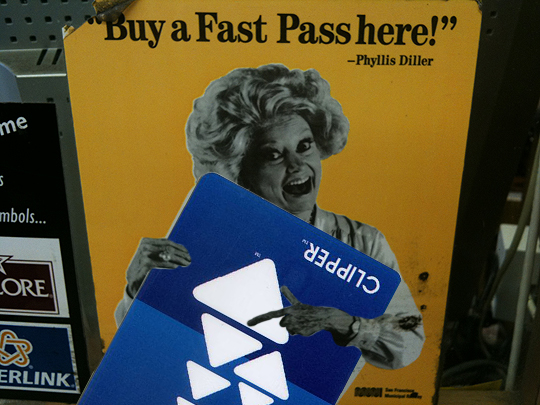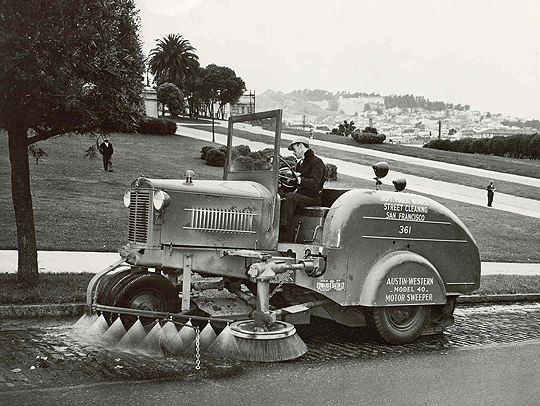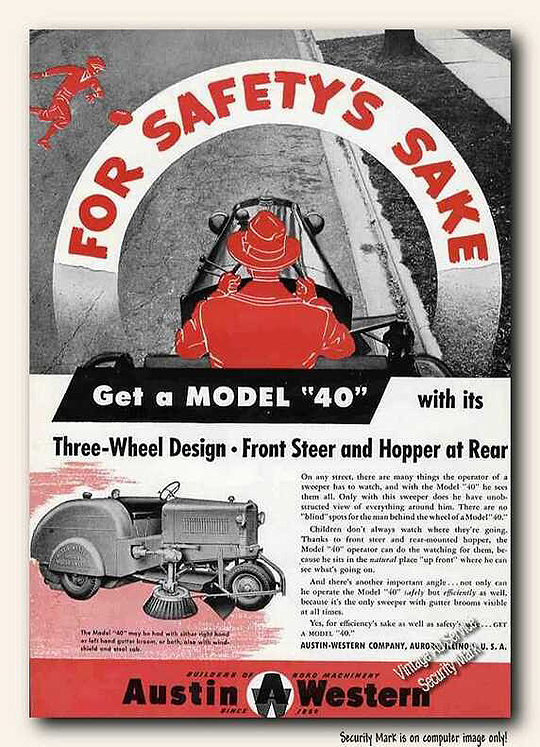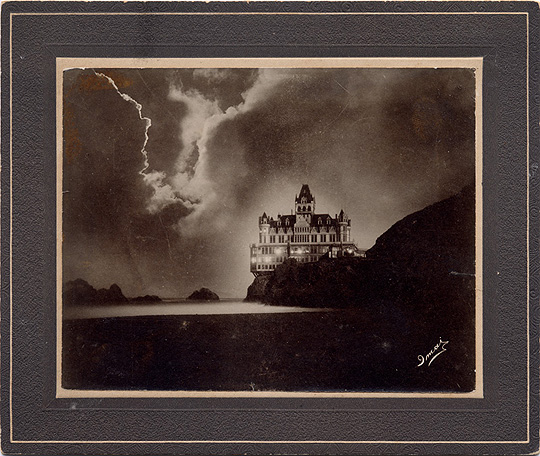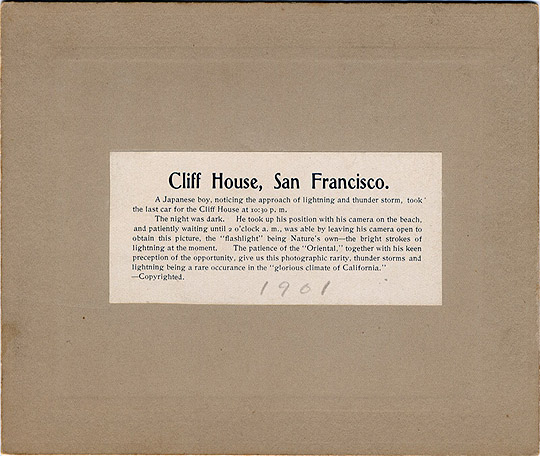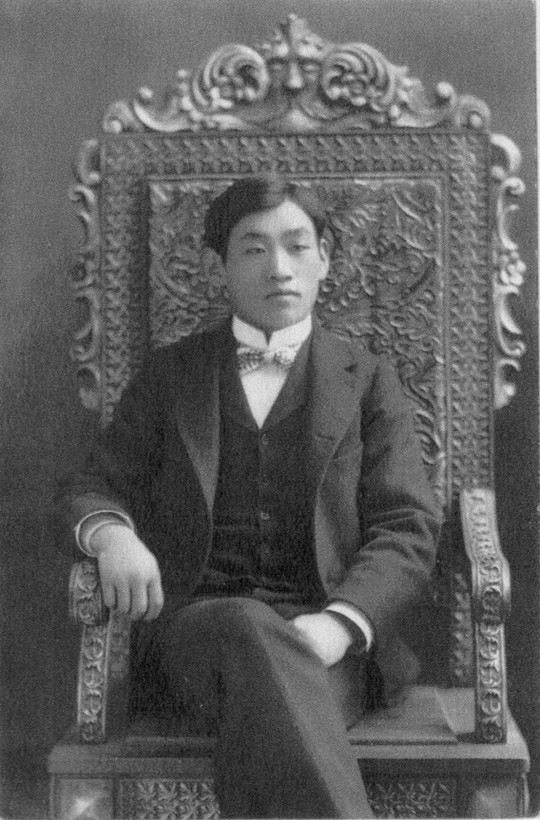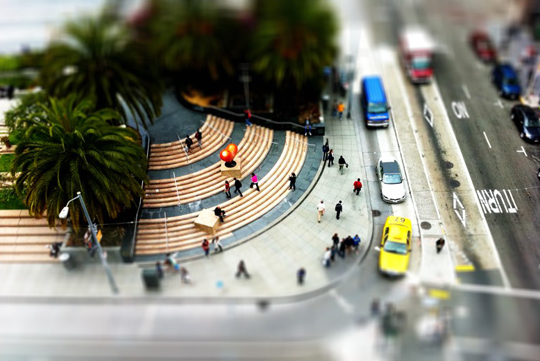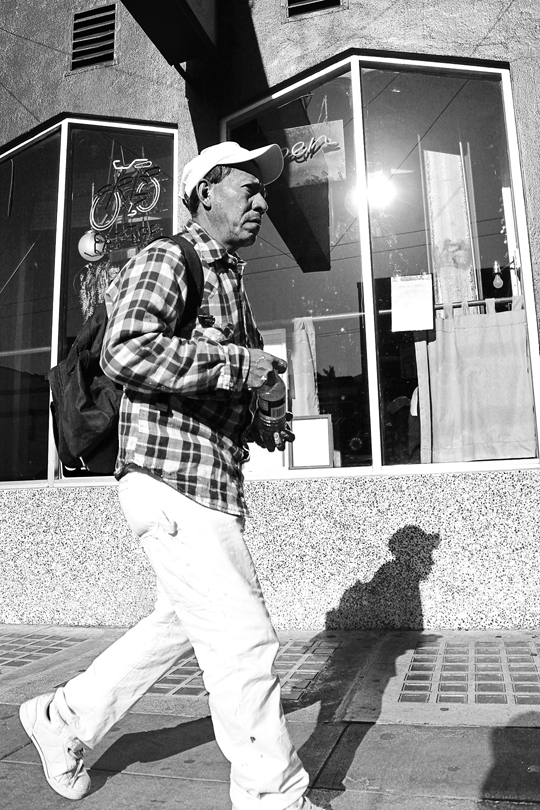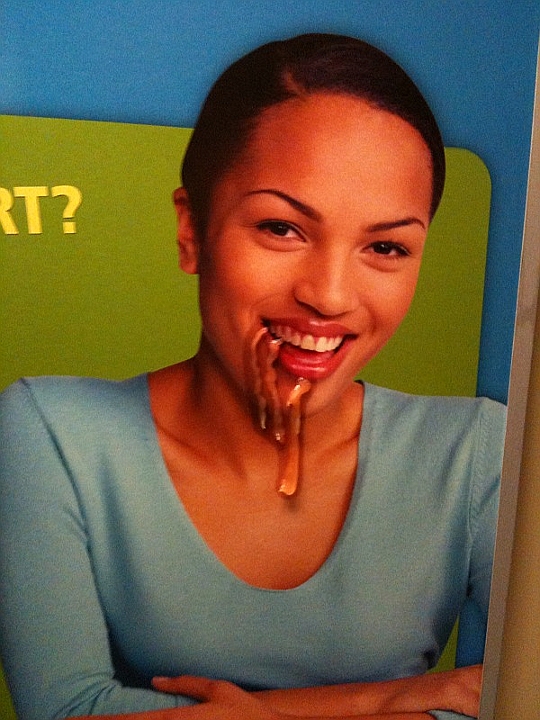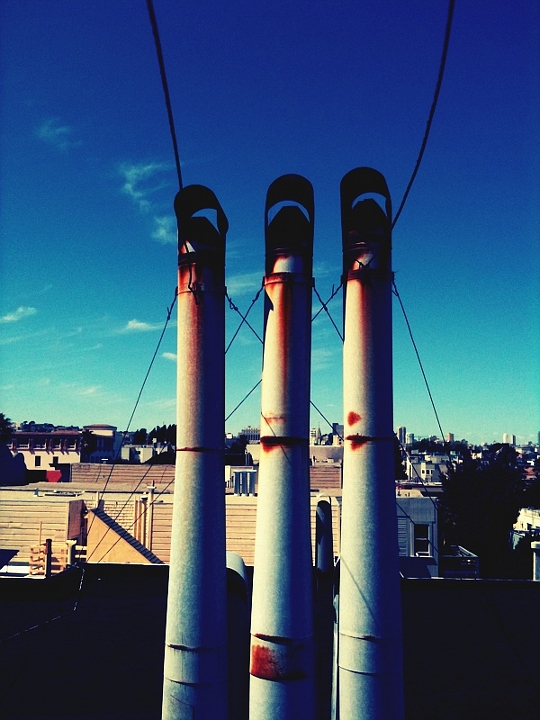
1939 was a big year for San Francisco, during which it attempted to convince the world that it had fully recovered from the catastrophes of 1906 and was once again a city to be reckoned with. Completion of the Bay Bridge and the Golden Gate Bridge was punctuated with the International Exhibition on Treasure Island.
For one photographer/photojournalist, that year left a lasting impression.
The photographer’s name is Seymour Snaer, and the images were published in 1980 in a book titled, San Francisco 1939: An Intimate Photographic Portrait. Snaer had over 100 rolls of film from that one year, so publisher Bill Owens reprinted select shots from negatives, rescuing them from the bad cropping done by newspapers like the Examiner, who Snaer had worked for.
I’ve Googled around and not found much mention of the man, nor have I seen any of his images. The (used) book is listed on some sites, but none even have the cover image (above).
I’m including just some of the photos (in low-res format taken with my camera), and the captions that go with them. Additionally, I’ve excerpted some text from the body of the book. The writing has a raw feel to it; you can tell it was written by someone who doesn’t write, but really has something to say.
Some of the highlights: Real fishermen using nets in the Bay; Belt and Southern Pacific trains; view from Twin Peaks; Sally Rand’s Nude Ranch (NSFW); ski jumping on Treasure Island; auto polo.
Tip of the hat to Jonathan at Viracocha for gifting the book to me (that was a very kind way to get me to stop bugging you about your fantastic shop).
The above image is from the cover, portraying still and movie photographers capturing President Franklin Roosevelt’s motorcade who came to see the Expo before it opened, in ’38. Snaer writes:
Two of the guys in the bunch were very famous newsreel cameramen in the ’30s, Joe Rucker and Frank Vail. They used hand-crank cameras … I had big bulbs and all of a sudden – a bulb exploded! Secret Servicemen ran all over the place. It really embarrassed me. [p. 24]
The following images and text are all directly from the book. (Keep in mind that when he says “today,” Snaer means 1980.)
Note: I’m pretty sure the copyright, originally reserved by Snaer himself, isn’t being actively enforced, but in case it is, I’m only posting low-res images, and will gladly remove them if a rights-holder contacts me. Check out the photos/text after the jump…
Continue reading Photos of San Francisco in 1939
